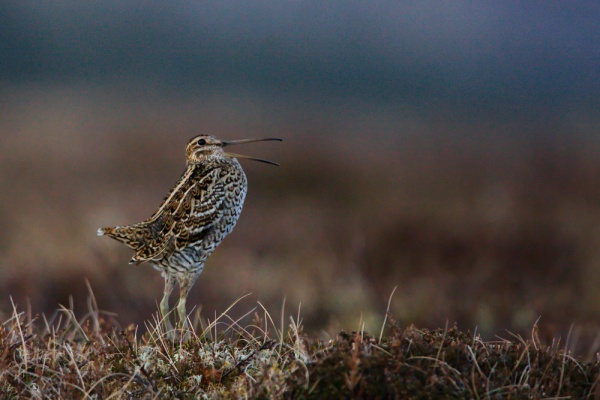Facts About Great snipe
The great snipe, a diminutive bird within the genus Gallinago, is known for its affinity for marshes and wet meadows across northeastern Europe, including northwestern Russia. This migratory species spends its winters in Africa. Regrettably, the European population of the great snipe is experiencing a decline.
First described in 1787 by John Latham as Scolopax media, the great snipe’s genus name, Gallinago, is derived from Latin, meaning "resembling a hen" while the species name, media, signifies its intermediate size between a woodcock and a common snipe.
Adult great snipes are marginally larger and bulkier than common snipes, measuring 26–30 cm in length. They possess mottled brown bodies adorned with a distinctive dark stripe running through their eyes. Their call is a faint "yeah" and during mating displays, they produce chirping and clicking sounds.
One remarkable trait of the great snipe is its ability to fly long distances without stopping to feed. During the breeding season, males perform displays at leks to attract females, who subsequently lay eggs in well-hidden ground nests. These birds forage in mud for insects and earthworms, blending seamlessly with their surroundings.
Interestingly, fossils of great snipes have been unearthed in North Carolina, dating back roughly 4.465 million years, suggesting a transatlantic relocation in their history. Today, their population is estimated to be between 15,000 and 40,000 in Scandinavia and between 450,000 and 1,000,000 in western Siberia and northeastern Europe.
However, the great snipe faces numerous threats, including habitat loss and hunting in Eastern Europe and their African wintering grounds. The International Union for Conservation of Nature (IUCN) classifies the great snipe as "Near Threatened" and the species is also protected under the Agreement on the Conservation of African-Eurasian Migratory Waterbirds (AEWA).

 Syria
Syria